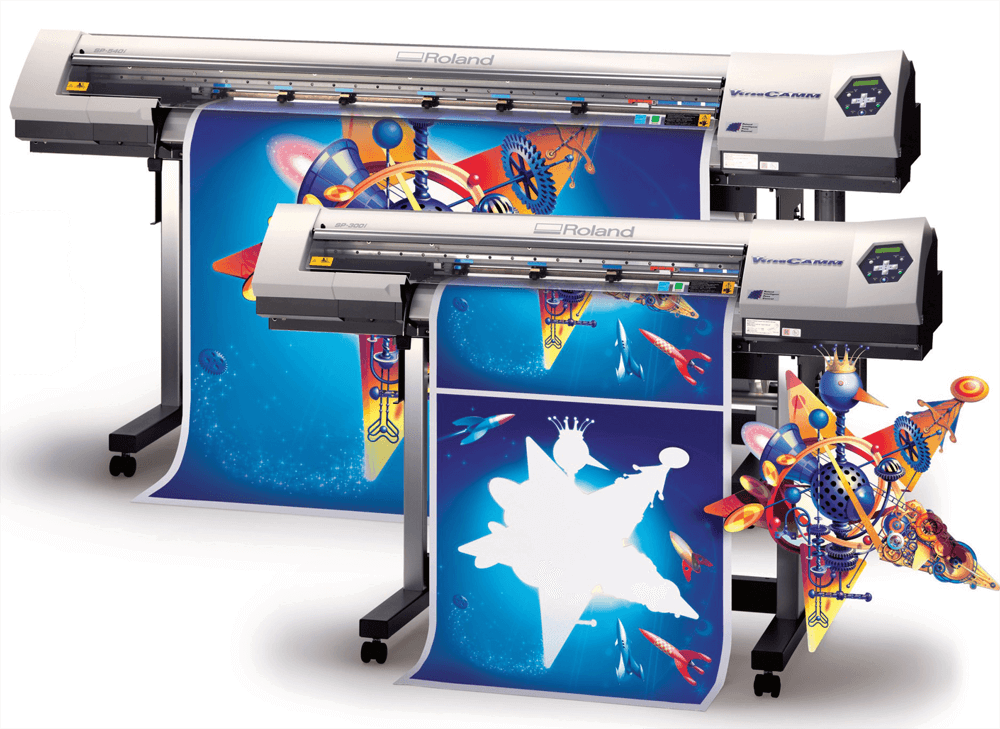Walk into any store or drive through a town and you’ll see banners advertising and branding for all kinds of businesses. A well-designed banner grabs attention and helps to draw customers into a business.
Banner printing is done on large-format printers, and the process begins with creating a digital file. This is sent to a print shop and trimmed to size.
Size
When it comes to banner printing, the size you need depends on the space where it will be displayed and the distance from which you want it to be seen. The larger the banner, the more visibility it will have.
When you design your banner, make sure that the fonts are large enough to be read from a distance. Otherwise, they may be difficult to read. It is best to use a classic font that is not too stylized, as this will be easier for people to read from a distance.
Another thing to consider is the file resolution. High-quality digital images have a higher pixels per inch count, which results in a sharper image. Also, vector (line art) files are ideal for banner printing, as they can be resized without losing clarity or quality.
Resolution
If a banner is going to be hung outdoors, it should be printed on materials that are weather-resistant. A reputable printing company should be able to steer you toward the appropriate material depending on where and for how long the banner will be displayed.
Banners should also feature large, easy-to-read text. The three by five rule is a good place to start when designing your text: keep the number of words on a single line to a maximum of three or five.
When it comes to graphics, vector files are preferable because they can be resized without losing clarity. Raster images, on the other hand, can only be enlarged so far before they start to look pixelated and muddy. In terms of print resolution, the higher the better.
Material
Banners are an effective marketing tool for businesses, allowing them to convey their messages in a visually compelling way. However, the material of the banner plays a crucial role in its effectiveness and durability.
A durable material such as vinyl is a good choice for banner printing because it can withstand harsh weather conditions. It is also available in several thicknesses and sizes.
Other materials used for banner printing include canvas and paper. Paper prints are not resistant to outdoor elements and must be used indoors. They are often sewn with reinforced hems and corners. They may also feature pole pockets for easy installation.
When printing onto fabric, it is important to make sure that the seams are sealed. This will prevent frayed edges that might damage the inkjet print head.
Design
The text on a banner must be clear and easy to read. This is especially important if it will be viewed from a distance or during an animated transition. The font size should be large enough to be readable but still match the overall style and theme of the banner.
Banners are often printed on poly, mesh and vinyl, but can also be made from fabric. The latter type is often used for high-end backdrops and can be finished with grommets, sewn hems or pole pockets.
The best files for banner printing are vector-based and ideally use an EPS (encapsulated postscript) format. These files can be resized without losing clarity and are easy to work with in illustration programs like CorelDRAW or Adobe Illustrator.
Printing
Once the design is finalized, it’s loaded into large-format printing equipment. The printer applies latex inks to the chosen material, reproducing the design accurately.
Depending on the banner size and complexity, the print process can take varying amounts of time. After printing, the banner undergoes finishing processes such as hemming and grommet installation. Hemming reinforces the edges of the banner to prevent fraying, and grommets allow for easy hanging.
A growing trend in banner printing is using fabric instead of vinyl, which gives a richer look. This type of soft signage can be printed through silk screening, dye sublimation or direct digital printing with UV or latex inks. Printed fabric banners can also feature pole pockets, which are sleeves sewn along the top and bottom of the banner that allow you to slide a rod or pole through them.

